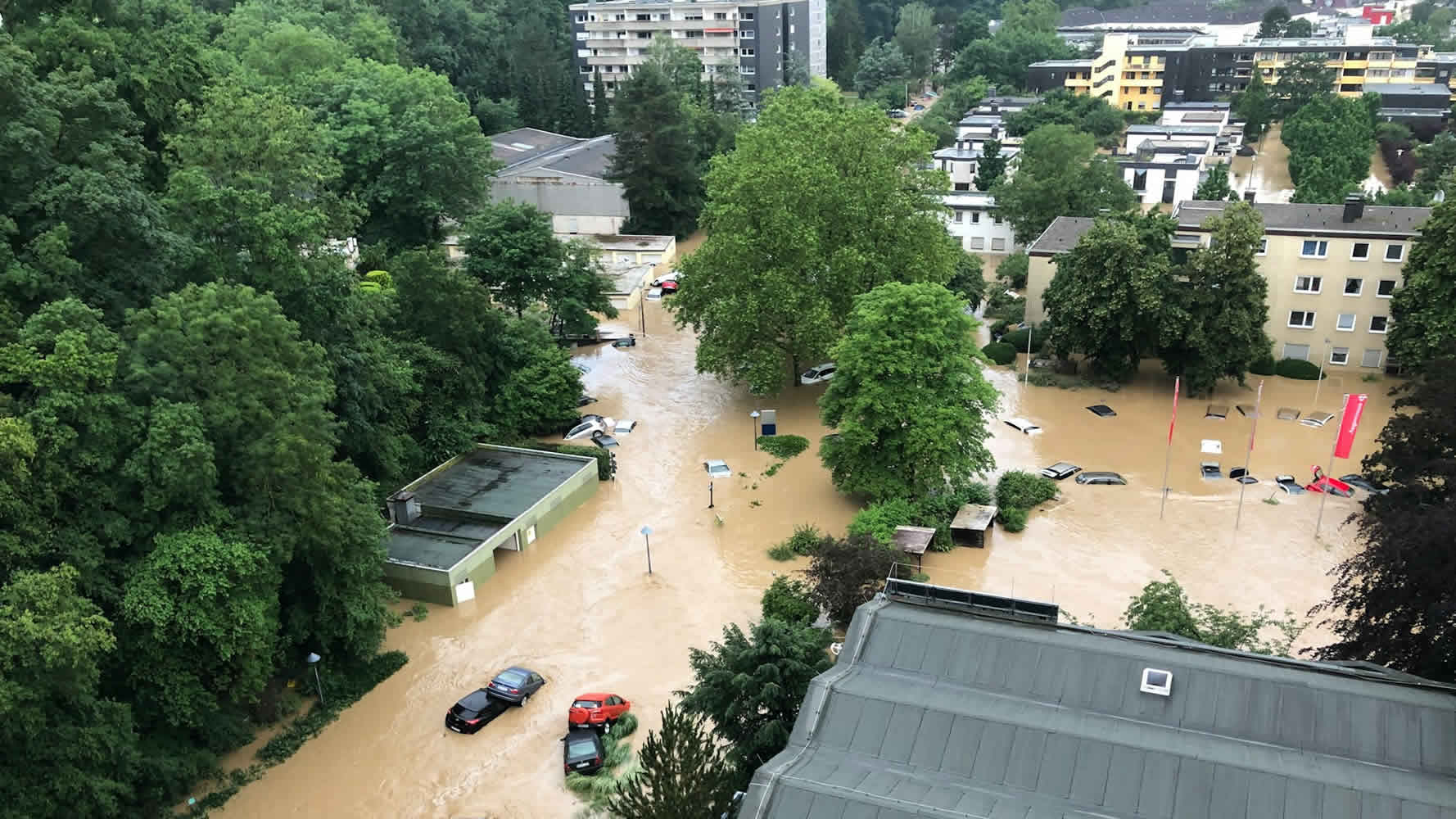Let’s face it – when water invades your home, it doesn’t just ruin carpets. It wrecks peace of mind. Whether caused by a burst pipe, flash flood, or one of those classic “it never rains but pours” moments, dealing with flood damage is more than just mopping up. That’s where flood restoration steps in.
In this guide, we’ll break down the flood restoration process – honestly, practically, and without the fluff. Whether you’re a homeowner trying to protect your family home or a landlord wanting to get tenants back in safely, this is your go-to starting point.
What Is Flood Restoration, Really?
Flood restoration isn’t just about drying out the house. It’s a multi-step process that involves:
- Assessing the full extent of damage
- Removing water and moisture
- Cleaning and disinfecting everything
- Repairing or rebuilding what’s necessary
It also includes preventing long-term issues like mould, rot, and structural damage. That’s why rushing or skipping steps can cost you far more in the long run.
First Steps: Don’t Panic, Prioritise Safety
Let’s be real – your instinct might be to jump in and start saving what you can. But before you grab a bucket and a sponge, hit pause and think safety first:
- Turn off electricity and gas if you haven’t already.
- Check for structural damage before entering heavily flooded rooms.
- Use protective gear – gloves, boots, even masks if there’s potential contamination.
Once it’s safe, document everything with photos or videos. This is crucial for your insurance claim and any eventual flood damage repair estimates.
The Full Flood Restoration Process (Step-by-Step)
1. Water Extraction
This part can get messy. Professionals use pumps and wet vacs to get rid of standing water fast. DIY methods work for small spills, but for several inches of water or more, you’ll want help from a water damage restoration service.
2. Structural Drying and Dehumidification
Here’s where it gets serious. Moisture hides behind walls, under floors, even in insulation. If it’s not removed quickly, mould and mildew creep in. Expect dehumidifiers, air movers, and regular moisture checks.
3. Cleaning and Sanitising
Floodwater isn’t just water. It often contains bacteria, sewage, and harmful microbes. Cleaning every surface thoroughly – and using antimicrobial solutions – is absolutely essential.
4. Flood Repairs and Restoration
Depending on the severity of the flood, repairs can range from plaster touch-ups to full-scale flooring replacement. This is where flood damage repair becomes more about restoration than rescue.
Extra Tips for a Smoother Restoration Journey
Know Your Water
Not all water damage is created equal. Restoration services typically classify it like this:
- Clean Water: From pipes or rain – easiest to clean.
- Grey Water: From appliances – needs disinfecting.
- Black Water: Sewage or floodwater – requires full sanitation.
Understanding what you’re dealing with helps set expectations.
Keep a Restoration Journal
No, it doesn’t need to be fancy. A simple notebook or digital log to record when things were done, what was found, and who was called can be a game-changer – especially when dealing with insurers or future buyers.

Flood Restoration FAQs: People Also Ask
How long does flood restoration take?
Anywhere from a few days to several weeks. It depends on the extent of the damage and whether repairs involve structural elements or just cosmetic fixes.
Is it safe to stay in the house during flood restoration?
Sometimes yes, but not always. If there’s mould, sewage, or electrical risk, it’s best to relocate until it’s safe.
Can I claim flood restoration costs on my insurance?
In many cases, yes. But read the fine print – standard policies don’t always cover natural flooding. You may need separate flood insurance.
What’s the Real Cost of Flood Damage?
Flood damage isn’t just emotionally draining – it hits the wallet hard. According to UK estimates:
- Minor water damage might cost around £1,000 to £2,500
- Major restoration can soar up to £15,000+
| Factor | Impact on Cost |
|---|---|
| Size of the affected area | Bigger = pricier |
| Type of water involved | Black water = more cleaning |
| Time until drying began | Delays increase mould risk |
| Materials needing replacement | Hardwood, plaster, etc. |
Preventing Future Floods: Your Next Priority
While you can’t control the weather, you can prep your home to bounce back faster – or avoid damage altogether.
- Install smart leak detectors under sinks or near water heaters.
- Seal foundation cracks and waterproof basements.
- Install a sump pump with a battery backup system.
- Elevate appliances and electrical components above flood levels.
Oh, and check your home insurance. If it doesn’t include water damage restoration, now might be the time to add it.
The Emotional Toll (And What to Do About It)
Nobody talks about this enough. Flooding doesn’t just wreck stuff – it upends your life. You might feel stressed, anxious, or just plain exhausted.
Reach out. Community support groups, local councils, and even some flood restoration companies offer emotional support alongside the technical fix. You’re not alone in this.
Why You Shouldn’t DIY the Whole Thing
Here’s the thing: while drying out your carpets might seem manageable, full-on flood restoration is more complex. A water damage restoration service brings industrial-grade equipment, years of experience, and an eye for hidden issues you might miss.
Hiring professionals isn’t an expense – it’s a protective move. The goal is not just to clean but to restore and futureproof.
Bonus Resource for Homeowners
If you’re looking for more practical tips, homeowner insights, or even thoughtful discussions around protecting your property, take a look at other posts on the Victoria Hall Blog. Yes, it’s not a restoration company, but you’d be surprised how much useful content you’ll find there that speaks to resilience and rebuilding.
Final Thoughts: Restoration Isn’t the End – It’s the Start of Renewal
Floods are brutal. But restoration? That’s your comeback. With the right knowledge, tools, and people on your side, your home can rise again – stronger, safer, and smarter than before.
Don’t wait. Start with what you can and call in the right help for what you can’t. The sooner you act, the sooner you reclaim your space.
To find out more about flood restoration services visit independentsuppliernetwork.co.uk

